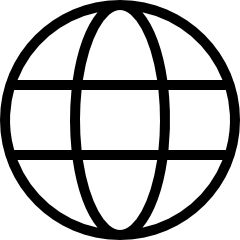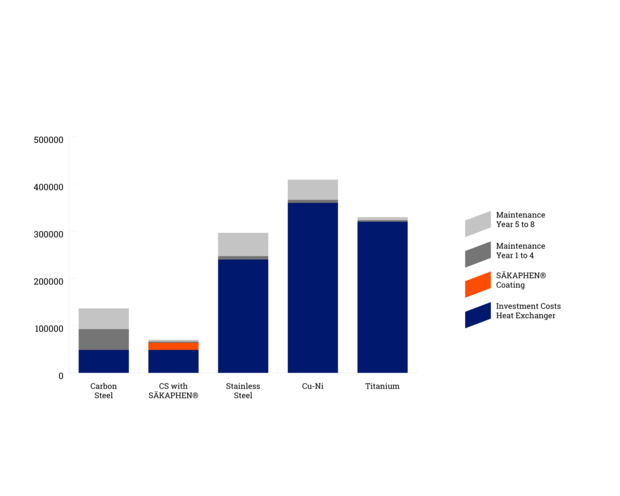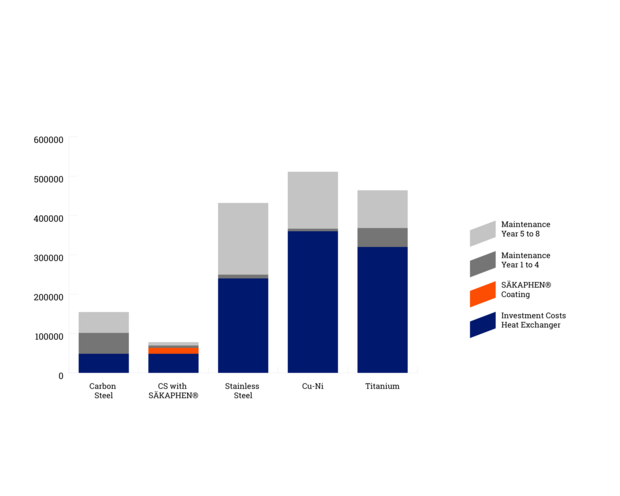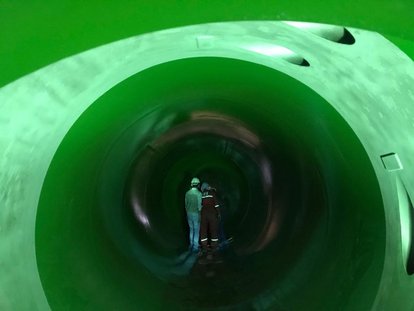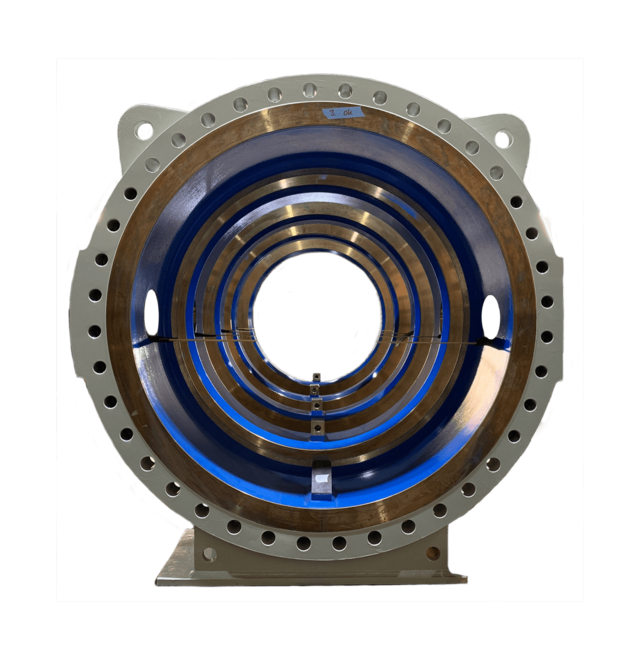SÄKAPHEN Heat Cured Linings and Coatings
High-End Corrosion Protection and Carbon Footprint Reduction
SÄKAPHEN's range of heat cured linings and coatings provide high end corrosion protection against an array of wide ranging aggressive mediums. The baked phenolics and epoxy-phenolics guarantee excellent long term protection against both highly acidic and alkali media at elevated temperatures. The outstanding performance of our internal linings covers both the immersion phase and the gas phase. These products are applied solely by SÄKAPHEN in Gladbeck, Germany and its international network of authorized applicators.
Following thermal curing in bespoke designed polymerization ovens, the single-component thermosetting linings and coatings form a homogenous, hard but flexible, hydrophobic protective film, partly resistant to water vapor diffusion (ΔT 85°C). Our range of protective linings and coatings offer an extremely high chemical resistance at temperatures in excess of 120°C and withstand extreme temperature fluctuations. The linings and coatings also provide excellent insulation, thus preventing galvanic corrosion between dissimilar metals. Electrically conductive linings and coatings for use in the storage and transportation of flammable / inflammable liquids are also available.
When utilised in Heat Exchangers, Condensers and Coolers, the phenolic and epoxy-phenolic resin combinations prevent incrustation and fouling offering further corrosion protection. The effect of our range of baked phenolics and epoxy-phenolics on the heat transfer rate is measured in W/mK and is proven to be a minimal value. The overall heat transfer rate of carbon steel together with SÄKAPHEN lining exceeds most inorganic alternatives such as stainless steel and others. Consequently, investment and maintenance costs are reduced with the additional benefit of a lowering of the carbon footprint.
All of the SÄKAPHEN heat cured range of products are self-priming and have been developed and formulated for direct to metal application and once polymerized are fully machinable.
When evaluating the lifetime Total Cost of Ownership (TCO) as a financial estimate to establish both direct and indirect costs of a Heat Exchanger consisting of 600 tubes (25mm o/d x 2.6mm wall thickness x 6m length) constructed from Carbon Steel (CS) and protected with SÄKAPHEN Si 570 AR, a baked epoxy-phenolic lining and exposed to river water, direct comparisons can be made with the same Heat Exchangers constructed from other materials.
For example, a Carbon Steel (CS) SÄKAPHEN Si 570 AR lined Heat Exchanger when compared directly to Heat Exchangers constructed from Stainless Steel (SS), Copper-Nickel (Cu-Ni) or Titanium (Ti), clearly shows the initial investment costs for a Carbon Steel (CS) SÄKAPHEN lined Heat Exchanger, are by far the most economical, and when taking into account the operational costs of cleaning, repair or even replacement over an 8 year period this is proven even more so.
This is evidenced even further when comparing exposure to saline sea water, where an unlined Heat Exchanger incurs additional increased cleaning costs due to enhanced incrustation, fouling and eventually a reduced life cycle. Dependent on specific service duty, a Carbon Steel (CS) SÄKAPHEN lined Heat Exchanger outperforms not only an untreated Carbon Steel (CS) Heat Exchanger during the observation period of 8 years. In conclusion, SÄKAPHEN is a cost efficient method of enhancing asset protection.
